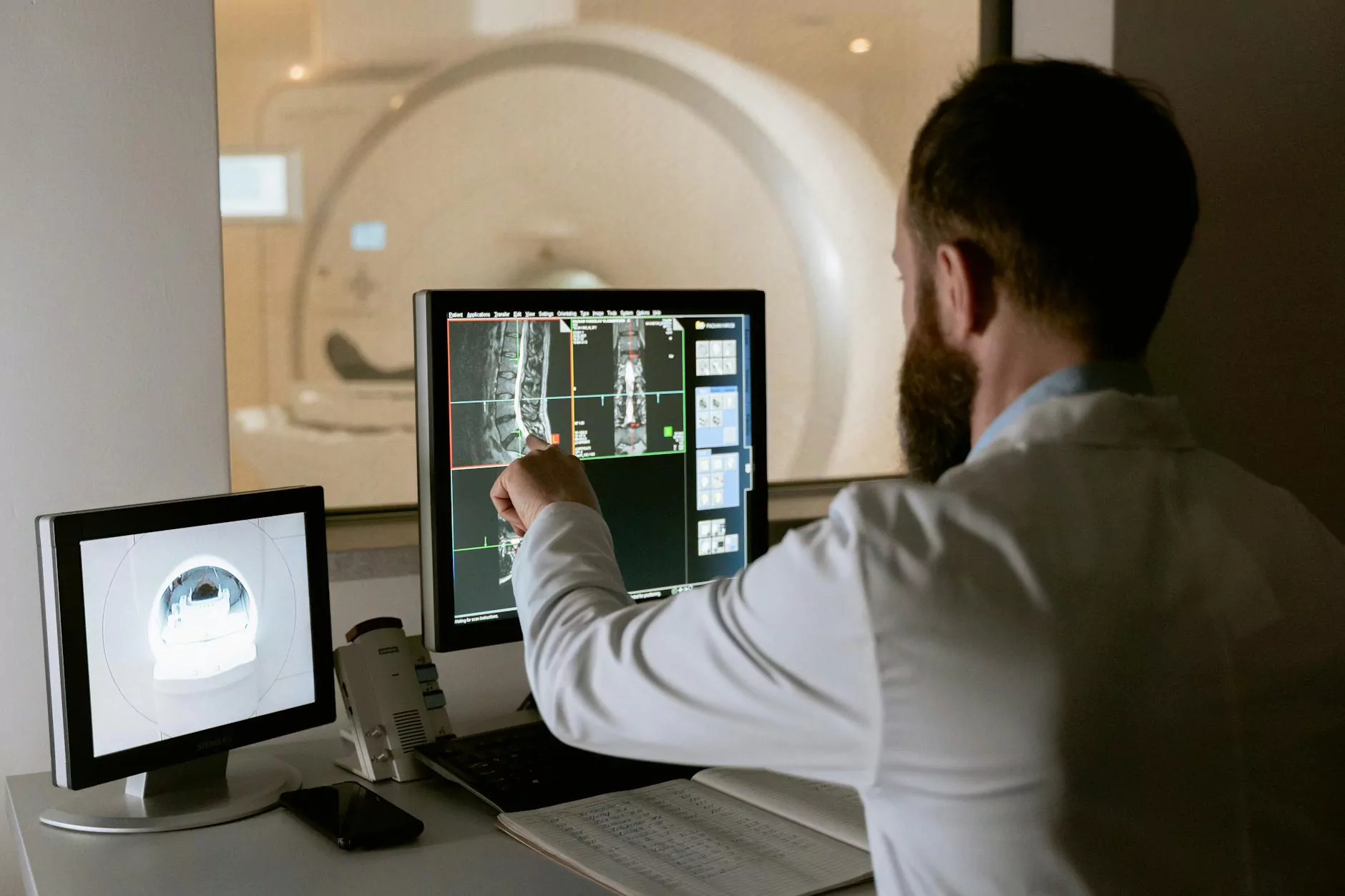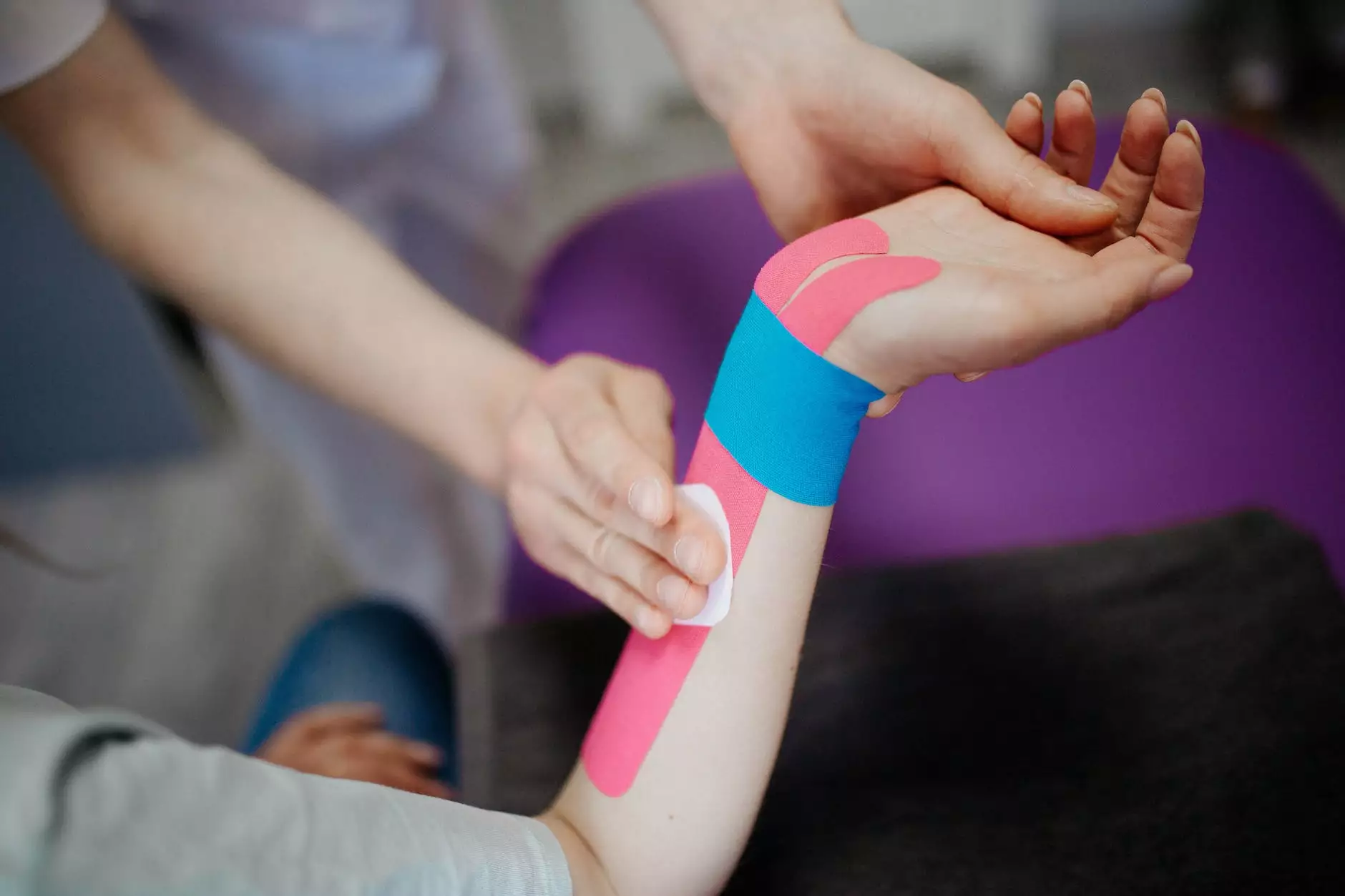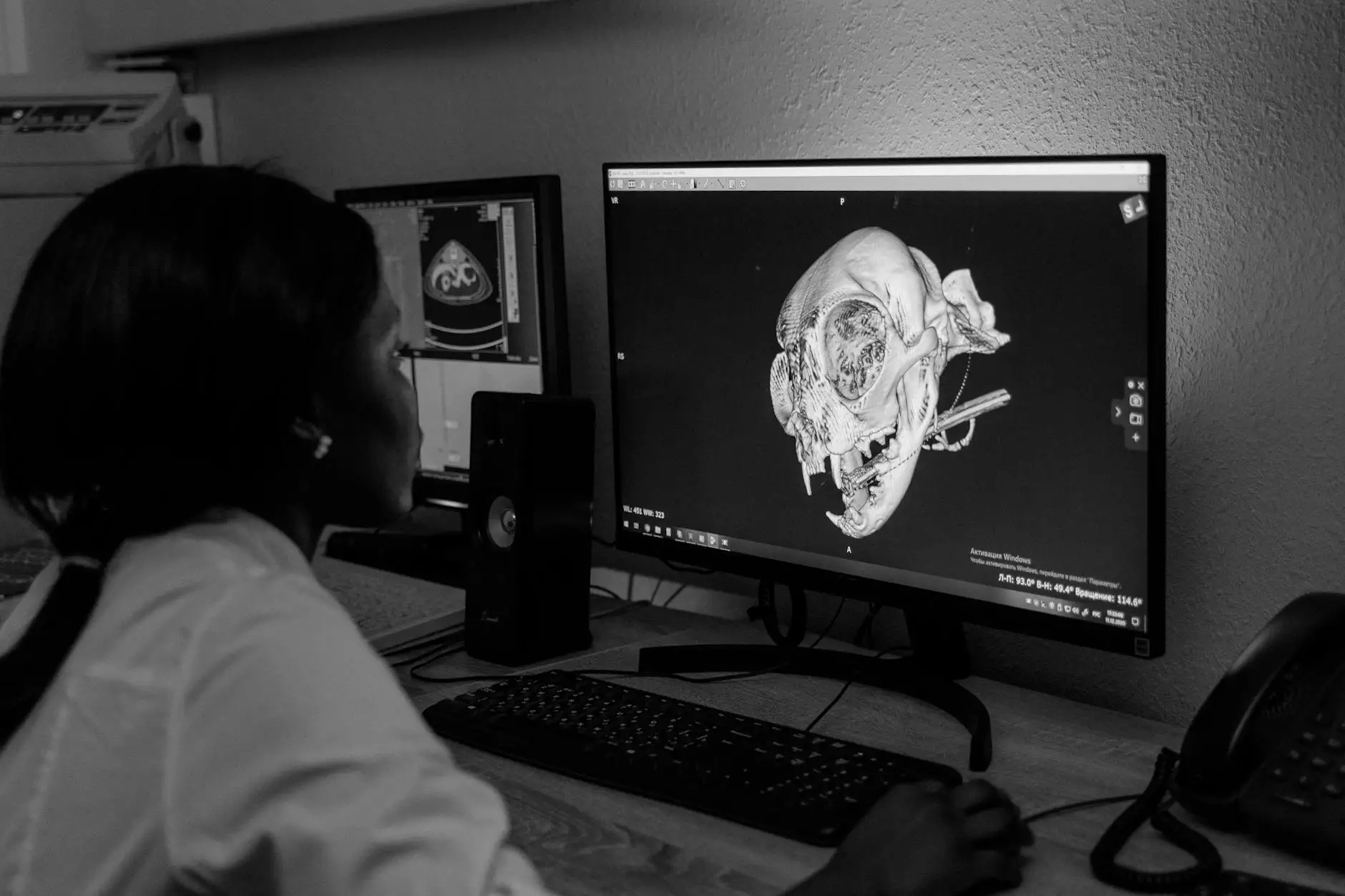Frequently Asked Questions about Massage Therapy

Introduction to Massage Therapy
Welcome to A+ Healthcare's comprehensive guide to understanding massage therapy. In this article, we will cover a wide range of frequently asked questions to provide you with all the information you need to know about this centuries-old practice.
What is Massage Therapy?
Massage therapy is a manual technique that involves applying pressure, kneading, and stroking different areas of the body to promote relaxation, alleviate pain, reduce stress, and improve overall well-being. It can be performed using the hands, fingers, elbows, forearms, or specialized massage tools.
Benefits of Massage Therapy
Massage therapy offers numerous physical and mental health benefits. Some of the key benefits include:
- Stress Relief: Massage helps reduce stress by promoting relaxation and releasing feel-good hormones like endorphins.
- Pain Management: It can alleviate musculoskeletal pain, reduce inflammation, and improve flexibility and range of motion.
- Improved Circulation: Massage increases blood flow, which delivers oxygen and nutrients to the tissues, promoting healing and detoxification.
- Enhanced Sleep Quality: Regular massage can improve sleep patterns and help with insomnia.
- Boosted Immune System: It stimulates the lymphatic system, which plays a vital role in defending against infections and diseases.
- And many more benefits tailored to your specific needs!
Types of Massage Techniques
There are various massage techniques, each designed to target specific needs and preferences. Some of the most commonly practiced massage techniques include:
Swedish Massage
This gentle, relaxing massage technique incorporates long, gliding strokes, kneading, and circular motions. It is ideal for stress relief and overall relaxation.
Deep Tissue Massage
This technique involves applying firm, deep pressure to release muscle tension, knots, and adhesions. It is beneficial for chronic muscle pain and rehabilitation after injuries.
Sports Massage
Sports massage focuses on improving athletic performance, preventing injuries, and aiding in the recovery process. It combines various techniques to address specific muscle groups and promote flexibility.
Hot Stone Massage
This technique uses smooth, heated stones placed on specific areas of the body to promote relaxation and release tension. The heat helps to penetrate deeper into the muscles, providing deeper relaxation.
Thai Massage
Thai massage combines stretches, acupressure, and deep compression to energize the body and improve flexibility. It is commonly referred to as "yoga for lazy people" due to its passive stretching component.
How to Prepare for a Massage Session
Before your massage session, there are a few things you can do to ensure a pleasant and effective experience:
- Hydrate: Drink plenty of water to keep your body hydrated and aid in the detoxification process.
- Communicate: Clearly communicate your needs, concerns, and health conditions to the therapist to ensure a customized session that suits you.
- Arrive Early: Arrive a few minutes before your scheduled appointment to complete any necessary paperwork and relax before the session.
- Dress Comfortably: Wear loose, comfortable clothing or the robe provided by the massage therapist.
- Avoid Heavy Meals: It's best not to eat a heavy meal immediately before your session to prevent discomfort during the treatment.
Common Concerns and Considerations
While massage therapy is generally safe for most individuals, there are a few concerns and considerations to keep in mind:
- Pregnancy: Specialized prenatal massage therapists can provide safe and effective treatments for pregnant women. However, it is essential to inform the therapist about the pregnancy to ensure appropriate modifications.
- Infections and Skin Conditions: If you have any contagious skin conditions or infections, it is recommended to reschedule your massage session until you have fully recovered to prevent spreading.
- Recent Injuries or Surgeries: Inform your massage therapist about any recent injuries or surgeries to avoid aggravating the affected area. They can adapt the treatment accordingly.
- Medical Conditions: If you have any underlying medical conditions or concerns, consult with your healthcare provider before scheduling a massage session.
Choosing the Right Massage Therapist
When selecting a massage therapist, it's important to consider the following factors:
- Credentials and Experience: Look for licensed and experienced massage therapists who have undergone proper training and certifications.
- Specializations: If you have specific needs or preferences, such as sports massage or prenatal massage, choose a therapist who specializes in that area.
- Client Reviews and Testimonials: Read reviews and testimonials from previous clients to ensure the therapist has a good reputation and a track record of providing quality services.
- Location and Accessibility: Consider the convenience of the therapist's location, making sure it is easily accessible to you.
- Cost and Insurance Coverage: Inquire about the pricing and whether the therapist accepts insurance coverage if applicable.
Conclusion
Massage therapy offers numerous benefits to improve your physical, mental, and emotional well-being. By addressing common concerns, choosing the right technique, and working with a qualified therapist, you can experience the transformative power of massage. At A+ Healthcare, our team of skilled and experienced therapists is dedicated to providing you with exceptional massage therapy services tailored to your needs. Contact us today to schedule your appointment and take the first step towards a healthier and more relaxed you!









